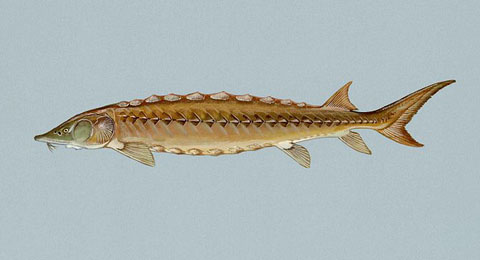
Here at PWD, we have some of the nation's foremost thinkers and practitioners on water safety and quality.
One of those is Gary Burlingame, our Director of the Bureau of Laboratory Services. Gary oversees a staff of 120 people and an annual budget exceeding $10 million focused on drinking water, source water, wastewater, sediment, sludge, and more. He is a thought leader in the industry, widely published on the topic of the sensory aspects of drinking water—what you see, taste and smell in your water—having written about the topic for more than 25 years. He recently co-authored a report in the American Chemical Society’s journal Environmental Science and Technology, with Virginia Tech Professor Andrea Dietrich, calling for the EPA to improve its 50-year-old purity standards to catch up with what today’s technology allows us to detect and treat.
The report calls out the EPA for having outdated standards that don’t match advances in sensory science, changes in treatment practices, and modern attitudes and health expectations. It urges the EPA to review and rethink what are known as “secondary maximum contaminant levels” which provide guidance on the color, odor and other characteristics of drinking water not directly associated with health risk but still very important to the consumer.
According to Burlingame and Dietrich, the EPA’s secondary contaminant standards are designed “to be a viable assessment of consumer acceptability and a means to instill confidence in tap water.” If consumers judge water that meets these standards as unacceptable, then it’s time for the standards to change.
PWD is proud to lead the way on drinking water quality. Burlingame’s work is one of many reasons why PWD has consistently been recognized with EPA Partnership for Safe Drinking Water awards for providing drinking water at purity standards higher than required by federal law. For us, the opinion of our customers about the quality of our water is a priority.
You can read more about Burlingame’s work with Professor Dietrich on Virginia Tech’s website or check out the report in its entirety.


